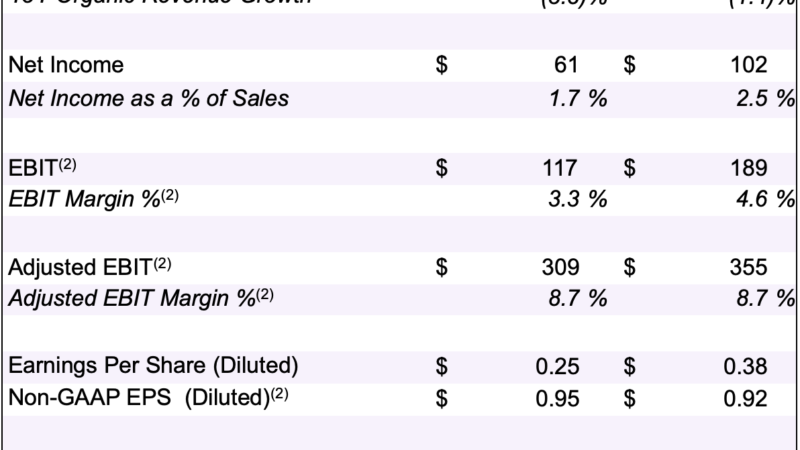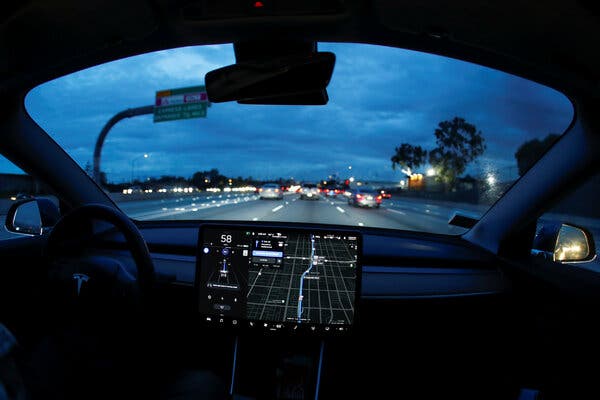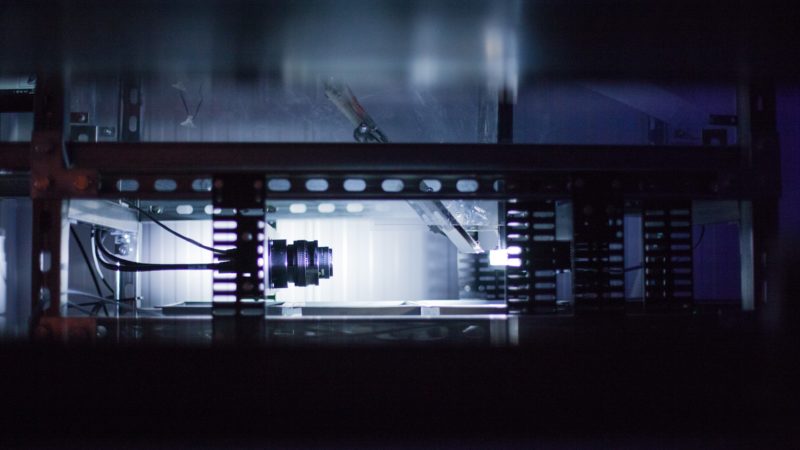Advances in technology make life easier for county’s older population – LancasterOnline
Technology has changed the way we live, work and play. Today, technological advancements are positively affecting the aging population.
A recent survey by the Consumer Technology Association found seniors 65 and older are eager to adopt safety and smart home technology. This changing market culture of savvier seniors who embrace tech tools is feeding a rapidly growing active-aging industry.
“The entrepreneurial spirit is alive and well in the longevity economy,” says Lisa McCracken, director of senior living research and development for Ziegler Investment Banking, based in Chicago.
Every week, there’s a new technology solution or company with a plan or device for older adults or those serving that population, McCracken says. That’s not surprising, since statistics show more than 30 million people in the United States will be 75 or older this year. Senior living communities are committing time and finances to cutting-edge technology aimed at keeping older adults safer, healthier, connected and informed.
Smart technology
Fred and Brenda Kaylor moved into the first smart cottage at Masonic Village at Elizabethtown in 2017. As tech users with smart home devices in their former home, Fred, 70, and Brenda, 65, were eager to test new options.
“The current technology will greatly benefit us to age in place in this cottage,” Fred says.
Built as part of a 72-cottage neighborhood, the Kaylors’ cottage is equipped with smart home technology as part of the K4 Community system through K4Connect.
The system includes a resident portal, known as Village Connect, which is accessible through a computer, tablet or smartphone, says Ray Tierney, Masonic Village’s chief operating officer.
Village Connect allows residents to: control home automation (lights, thermostats, motion sensors and more), monitor wellness (fitness trackers, sleep, medication), check campus information (activities, menus, weather, directories) and request maintenance services.
Masonic Village launched the system in 2016 and continues to expand its capabilities. Among the safety features are automatic motion sensors installed in the master bath of apartments and cottages. If the sensors do not show activity within a certain time period, campus security will check in on the resident if they can’t reach them by phone.
A pilot in 2019 explored the use of Amazon Alexa for voice-activated assistance with plans for future use.
“We believe technology will help team members be more proactive in anticipating health episodes before they become emergencies through technological monitoring services,” Tierney says.
The information age
Steve Lindsey, CEO at Garden Spot Village, agrees technology is changing senior living at the New Holland facility. Two years ago, the organization began providing iPads for independent living residents to receive secure, confidential campus information.
“Communication and connectiveness on campus are important for our residents. The iPad makes both possible and is a library for life on campus,” Lindsey says.
While some may be intimidated at first, residents quickly learn to rely on it, says Andrew Dietzel, chief information officer.
“The iPad is for use only on campus,” Dietzel says.
Residents can access information such as campus services, events, lunch/dinner menus, resident/staff directories, GSV publications, travel, weather and CATIE, a radio station dedicated to older adults.
Lindsey says a big benefit is being able to send timely alert blasts regarding severe weather, electrical outages, meeting room changes and more.
With an abundance of new technologies, Lindsey says staff does due diligence on whether a product is worth the return on investment.
“We do a lot of research on companies and products. It takes significant staff time setting up and supporting any new technology,” Dietzel says.
In someone else’s shoes
Willow Valley Communities introduced the Embodied Labs Virtual Reality Kit in 2018.
“Wearing a virtual reality headset, participants experience what it’s like to have a certain health condition,” explains Juanita Angelini, memory support resource coordinator.
The kit features a library of patient experience sessions, which are used to educate team members, residents and families. More than 500 sessions have taken place to date. Following a VR experience, which can take up to seven minutes, Angelini discusses it with participants.
Team members, even those working in long-term care for years, say they’ve gained a new perspective on a disease and believe the kit’s a beneficial training tool. Residents and family members are awed by the experience. The library features what it would be like to experience vision and hearing loss, Alzheimer’s disease, end-of-life conversations, Lewy body dementia and Parkinson’s disease.
As a hands-on type of learning tool, the VR experience is different than attending a lecture or class, Angelini says.
“It increases awareness of cognitive issues for those affected by memory issues, increases empathy and generates outside-the-box thinking in assisting those living with these diseases,” she says.
For Samantha Boxleitner, a certified dementia practitioner, VR helped her understand what people with dementia were experiencing and how to better help them.
“It’s a helpful tool and enlightening for anyone with a loved one with dementia,” says resident Jean Morgan.
Another popular tech device found in the health care areas of senior living communities are robotic pet companions. Willow Valley Communities is home to PARO the robotic seal.
Angelini shares several stories about the lifelike animal, which can put a smile on a sad face and take away loneliness. PARO makes cooing sounds with slight movement. She also blinks and lifts her head when you say her name.









